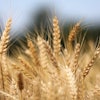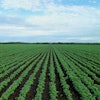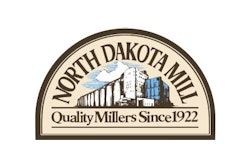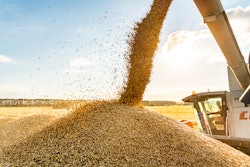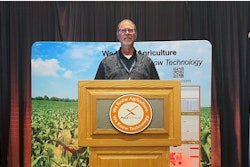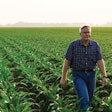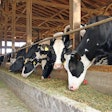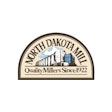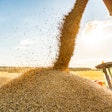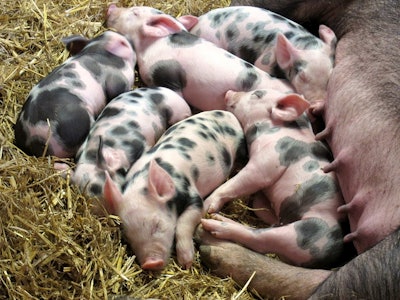
In a recently released report, theU.S. Department of Agriculture'sNational Agricultural Statistics Service(NASS) revealed that as of September 1, 2023, there were 74.3 million hogs and pigs on U.S. farms. This figure represents a slight increase from the same period in 2022 and a 2% rise from June 1, 2023.
The Quarterly Hogs and Pigs report, a crucial barometer of the nation's swine industry, provides valuable insights into the state of hog farming across the United States. Beyond the headline number, several key findings shed light on the dynamics of the industry.
Market hogs vs. breeding stock
Out of the 74.3 million hogs and pigs counted in the report, a substantial majority, approximately 68.2 million, were categorized as market hogs, while the remaining 6.08 million were designated for breeding purposes. This division showcases the industry's dual focus on both producing meat for consumption and ensuring the sustainability of future generations of swine.
Weaning trends
The report also highlighted that between June 2023 and August 2023, U.S. farms weaned 34.2 million pigs, marking a slight increase from the previous year. Importantly, the data indicates that U.S. hog and pig producers achieved an average of 11.61 pigs per litter during this period, underlining the efficiency and productivity of the industry.
Farrowing intentions
Projections for the coming months revealed that U.S. hog producers plan to have 2.93 million sows farrow between September 2023 and November 2023, with an additional 2.91 million sows farrowing between December 2023 and February 2024. These intentions reflect the industry's anticipation of continued growth and demand for pork products in the near future.
State-by-state breakdown
该报告还提供了一个崩溃的猪d pig inventory by state. Iowa, known for its significant agricultural presence, accounted for the largest inventory, with 24.4 million head. Minnesota followed closely with 8.70 million head, while North Carolina secured the third spot with 8.00 million head. These statistics underscore the regional variations in the U.S. swine industry's landscape.
Data collection process
To compile this comprehensive report, NASS surveyed approximately 4,500 operators across the nation during the first half of September. The data collection methods included electronic data recording, mail surveys, telephone interviews, and face-to-face interactions. This rigorous approach ensures the accuracy and reliability of the information presented in the Quarterly Hogs and Pigs report.
Engage with the report
For those interested in learning more and engaging with the report, NASS is hosting a live Stat Chat question-and-answer session on their @usda_nass X account at 4 p.m. EDT today. To participate, simply include #StatChat in your post. These sessions occur quarterly following the release of reports like the Quarterly Hogs and Pigs report and provide an opportunity for stakeholders to gain deeper insights into the data.
Accessing the full report
The Quarterly Hogs and Pigs report, along with all other NASS reports, is availablehere. This comprehensive resource offers a wealth of information for industry professionals, researchers, and anyone interested in staying informed about the state of agriculture in the United States.
In conclusion, the latest Quarterly Hogs and Pigs report from the USDA's NASS paints a picture of a steadily growing and dynamic hog and pig industry in the United States. With projections for continued expansion and innovations driving efficiency, this vital sector of American agriculture remains a significant contributor to the nation's food supply and economy.

